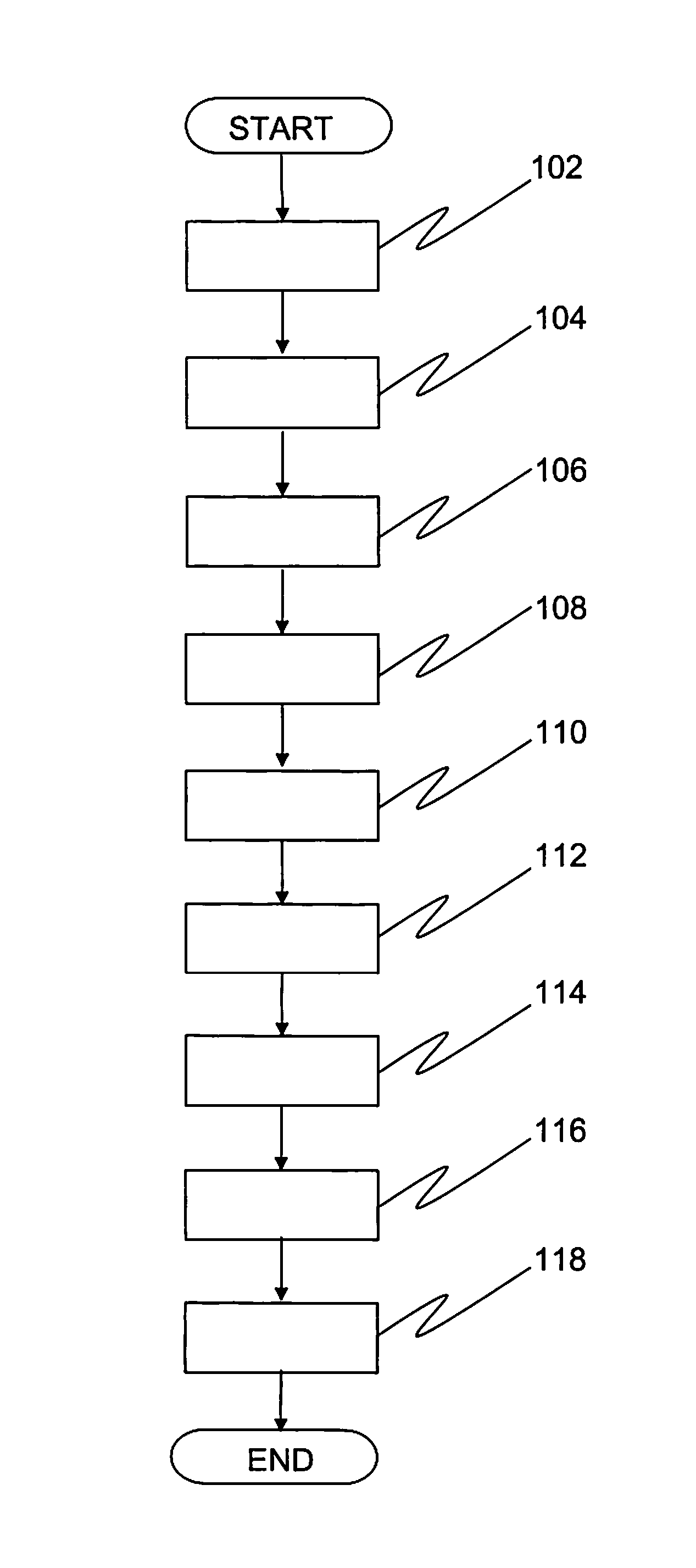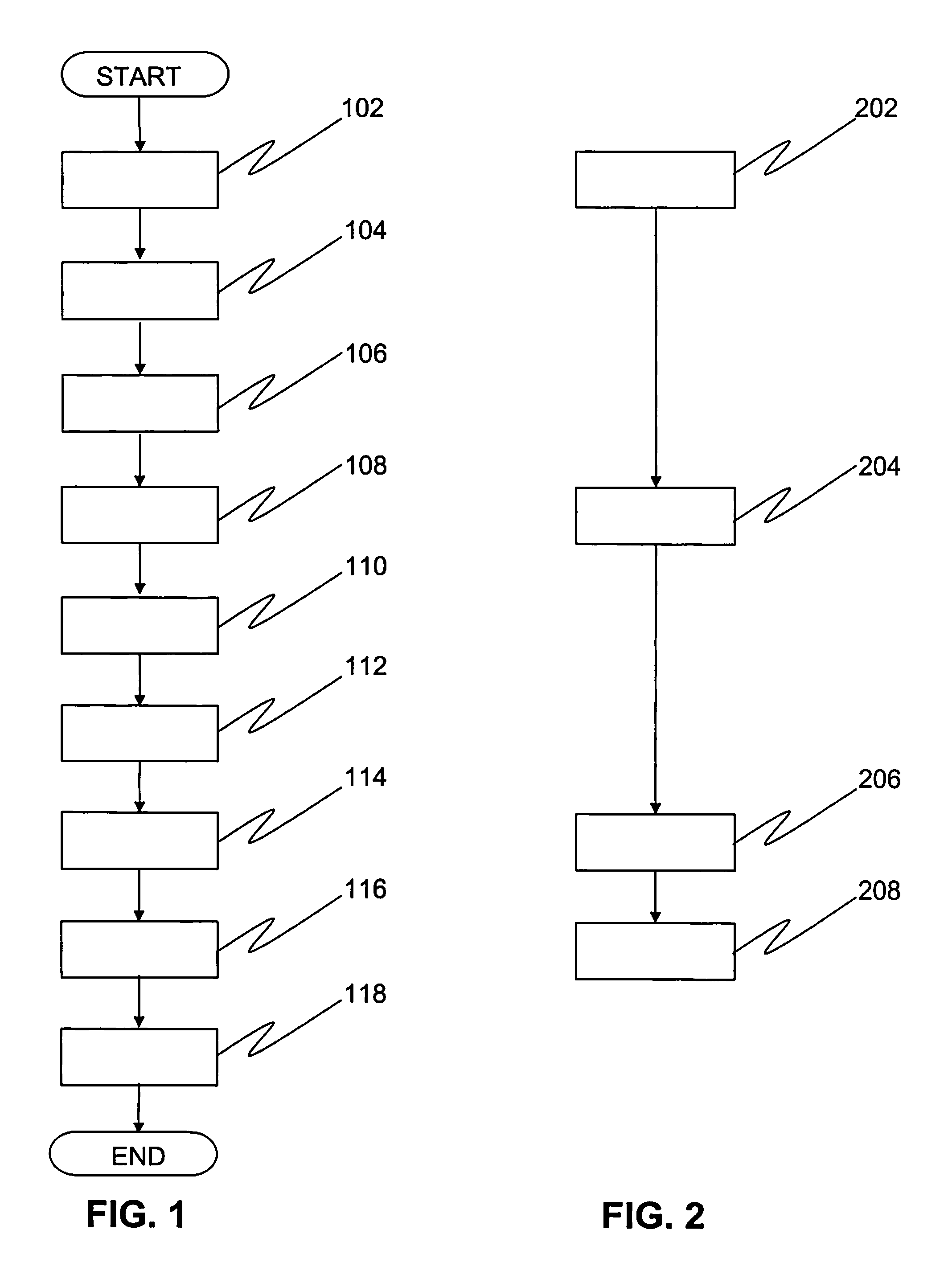Wettable silicone hydrogel contact lenses and related compositions and methods
a silicone hydrogel and contact lens technology, applied in the field of silicone hydrogel ophthalmic devices, can solve the problems of silicone hydrogel contact lens surface low wettability, silicone hydrogel contact lens may be associated, not ophthalmically compatible or ophthalmically acceptable, etc., and achieve the effect of comfor
- Summary
- Abstract
- Description
- Claims
- Application Information
AI Technical Summary
Benefits of technology
Problems solved by technology
Method used
Image
Examples
example 1
Silicone Hydrogel Contact Lens Fabrication
[0174]The chemical compounds set forth in Examples 2-55 were weighed and mixed to form a mixture. The mixture was filtered through a 0.2-5.0 micron syringe filter into a bottle. Mixtures were stored for up to about 2 weeks. The mixtures are understood to be polymerizable silicone hydrogel contact lens precursor compositions. In Examples 2-55, the unit amounts of each chemical compound are provided in addition to their respective weight percents (indicated as weight by weight; w / w). In the final silicone hydrogel contact lens, the weight percents of the chemical compounds more closely relate to the unit amounts present in the precursor compositions.
[0175]A volume of the precursor composition was placed in contact with a lens defining surface of a female non-polar resin mold member, such as a polypropylene mold member. A non-polar resin male mold member, such as a polypropylene male mold member, was placed in contact with the female mold membe...
example 2
[0180]A polymerizable silicone hydrogel contact lens precursor composition was obtained by mixing and filtering the following chemical compounds in the specified amounts, and as described in Example 1.
[0181]
Chemical Compound (Abbrev.)Unit amountWt % (w / w)M3U3534.6NVP4544.5MMA2019.8TEGDMA0.50.5V-520.60.6
[0182]Silicone hydrogel contact lenses obtained from this formulation were relatively easy to process and had acceptable compatibility. These contact lenses had an equilibrium water content of about 54%, a water BUT greater than 20 seconds, a static contact angle of about 48°, an ionoflux of about 3.8, a Young's modulus of about 0.5 MPa, and an elongation of about 227%. These silicone hydrogel contact lenses had an extractable amount of 16.9+ / −0.3%.
example 3
[0183]A polymerizable silicone hydrogel contact lens precursor composition was obtained by mixing and filtering the following chemical compounds in the specified amounts, and as described in Example 1.
[0184]
Chemical Compound (Abbrev.)Unit amountWt % (w / w)M3U3534.6NVP5049.5MMA1514.9TEGDMA0.80.8V-520.20.2
[0185]Silicone hydrogel contact lenses obtained from this formulation were relatively easy to process and had acceptable compatibility. These contact lenses had an equilibrium water content of about 54%, a water BUT greater than 30 seconds, a static contact angle of about 34°, an advancing contact angle of 78°, a receding contact angle of 48°, an ionoflux of about 6, a Young's modulus of about 0.7 MPa, and an elongation of about 186%. These silicone hydrogel contact lenses had an extractable amount of 17.5+ / −0.5%.
PUM
| Property | Measurement | Unit |
|---|---|---|
| molecular weight | aaaaa | aaaaa |
| molecular weight | aaaaa | aaaaa |
| contact angle | aaaaa | aaaaa |
Abstract
Description
Claims
Application Information
 Login to View More
Login to View More - R&D
- Intellectual Property
- Life Sciences
- Materials
- Tech Scout
- Unparalleled Data Quality
- Higher Quality Content
- 60% Fewer Hallucinations
Browse by: Latest US Patents, China's latest patents, Technical Efficacy Thesaurus, Application Domain, Technology Topic, Popular Technical Reports.
© 2025 PatSnap. All rights reserved.Legal|Privacy policy|Modern Slavery Act Transparency Statement|Sitemap|About US| Contact US: help@patsnap.com



